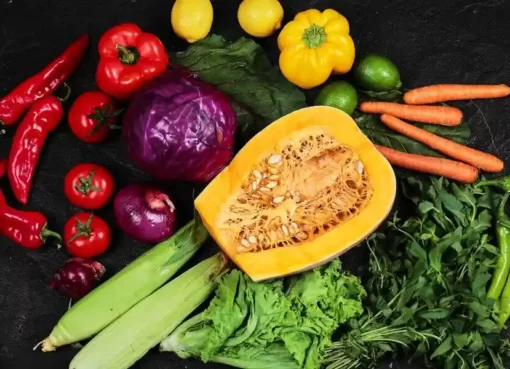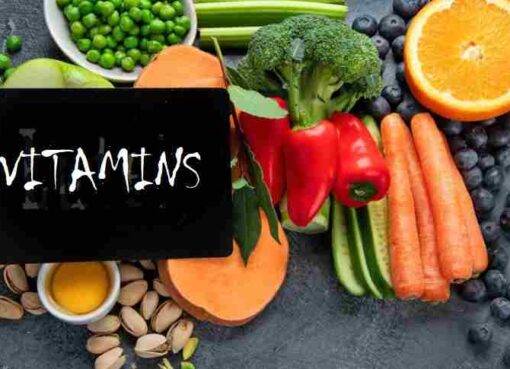What is Quinoa
Quinoa (pronounced “keen-wah”) is a “pseudo-cereal,” which is a word for foods that are cooked and eaten like whole grains but are extracted from grass. It is a protein-rich & hearty seed that many believe to have the necessary properties of a superfood.
Cultivating and Harvesting
It’s a delicious seed that comes in a variety of hues such as black, red, and ivory. Ivory, often known as yellow, is the most prevalent color available in shops.
It’s worth noting that the quinoa plant can be cultivated without pesticides since it generates a natural compound that repels pests, so it doesn’t require any additional chemicals to thrive.
Quinoa is generally picked by hand since the seeds mature at different rates even within the same plant.
Nutritional Profile
Quinoa is a high-protein grain. It has about twice as much protein as oats, as well as a little more fiber and iron. Quinoa has all of the essential amino acids. It includes all nine necessary amino acids (protein building blocks) that your body needs but cannot produce on its own.
Protein is required in your diet for your body to repair and replace cells. Protein is also necessary for growth and development in children, adolescents, and pregnant women. Quinoa’s high protein level makes it an excellent substitute for rice and other low-protein, high-carbohydrate grains, especially for diabetics.
Quinoa is also high in potassium, which is necessary for muscle and protein growth, a normal heartbeat, and a variety of other biological processes. It also contains a variety of additional vitamins and minerals like manganese, folate, and vitamin B1.
Quinoa contains antioxidants similar to those found in berries. Antioxidants help in the prevention of damage to our healthy cells. Knowing the ideal cooking way for quinoa is critical for healing as well as disease prevention and aging as it is sensitive to high temperatures and loses much of its nutrient profile on overheating.
Quinoa is a fantastic gluten-free alternative if you have celiac disease or follow a gluten-free diet.
Quinoa is high in heart-healthy fats, which might help you increase your “good cholesterol.” It’s satisfying and nutrient-dense for such a tiny serving.
For 12 weeks, ideally cooking & consuming one cup of quinoa each day resulted in a 36 percent reduction in triglycerides.
This is similar to the results seen from triglyceride-lowering medications or high-dose fish oil supplements. Red and black quinoa appear to be similarly antioxidant-rich, beating out white quinoa, so choose colored quinoa wherever possible.
Eating & Cooking Quinoa
Red quinoa retains its shape the best after cooking, making it ideal for cold salads or other meals where a distinctive shape is needed or color is desired.
Indigenously, black quinoa has an earthy, sweet flavor and retains its distinctive color. While black and red quinoa can be used in certain situations, ivory quinoa is the most often available in shops and can be substituted for the other color types in any recipe that calls for quinoa seed.
Quinoa flour is a fantastic gluten-free alternative to wheat flour. Quinoa flour can be substituted for white or whole wheat flour in baking.
Quinoa was mostly offered in its original seed form until about 2014. However, people’s infatuation with this superfood has prompted companies to create a range of ready-to-eat preparations such as quinoa flakes, quinoa chips, quinoa pasta, and quinoa chocolate.
It can be cooked and incorporated into a number of foods. Click here to learn some of the amazing quinoa recipes.
The United Nations designated 2013 as the “International Year of Quinoa”.
Keeping a Watchful Eye
It has significant calorific value, as one cup of plain quinoa has around 220 calories.
Aside from that, the saponin (the natural coating) on the exterior of the grains might cause minor gastrointestinal discomfort. Rinse the quinoa thoroughly before eating it to avoid the possibility of irritation.
Citation
https:/K/www.hsph.harvkard.edu/nutritionsource/food-features/quinoa/
https://medlineplus.gov/ency/patientinstructions/000731.htm
https://nutritionfacts.org/topics/quinoa/
https://edis.ifas.ufl.edu/publication/FY1408
https://cookieandkate.com/perfect-quinoa/
Featured pic: Food photo created by jcomp – www.freepik.com





Thank you very much for sharing, I learned a lot from your article. Very cool. Thanks. nimabi
Thank you very much for sharing, I learned a lot from your article. Very cool. Thanks. nimabi
Thanks for sharing. I read many of your blog posts, cool, your blog is very good. https://www.binance.info/zh-CN/join?ref=YY80CKRN
Wow, fantastic weblog layout! How lengthy have you ever been blogging for?
you made running a blog look easy. The total look of your website is fantastic, as smartly as the content
material! You can see similar here sklep online